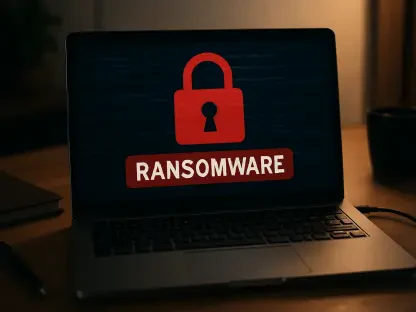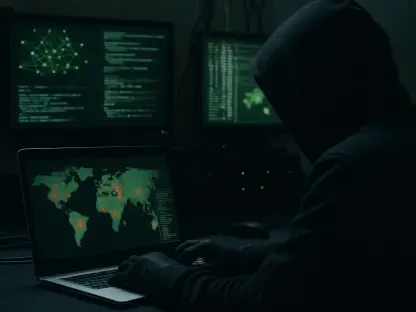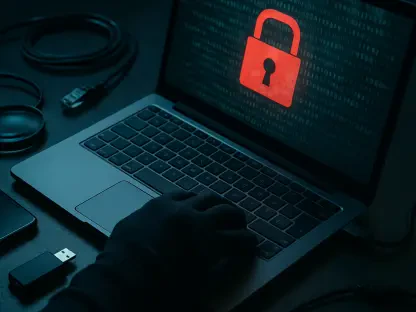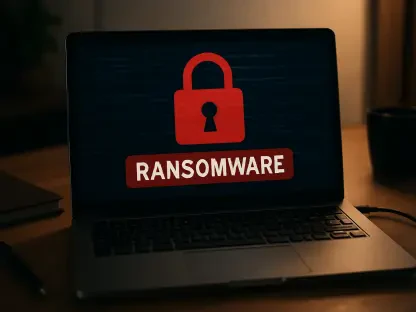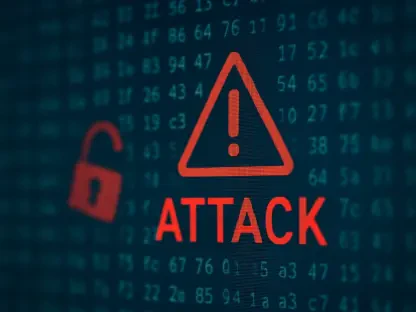The education sector has become a prime target for cybercriminals, making schools increasingly vulnerable to extortion. PowerSchool, an education tech provider, experienced a devastating data breach in December 2024, exposing sensitive information about over 60 million K-12 students and teachers across North America. This breach did not involve ransomware but was executed using compromised login credentials to steal vast amounts of personal data, including names, contact information, birth dates, medical records, and Social Security numbers. Although PowerSchool opted to pay a ransom to prevent public exposure of the data and ensure its deletion, the specifics of the amount paid remain unknown, highlighting the potential risks and uncertainties these threats pose.
The Rise of Cyber Extortion in Education
Escalating Threats and Vulnerabilities
The fallout from the breach has grown more severe, with individuals claiming possession of the stolen data beginning to extort individual school districts. They demand ransoms under the threat of leaking the sensitive information unless their financial demands are met. The extortion tactics have left districts like the Toronto District School Board and school employees in North Carolina facing intense pressure and difficult decisions about how to protect confidential data amid threats from cybercriminals. Evidence indicates that the data being used for extortion matches that from the December breach, rather than being the result of a fresh intrusion. As a result, educational institutions find themselves in turmoil, needing to weigh options between paying ransoms or seeking alternative cybersecurity solutions.
PowerSchool’s Response and Ongoing Impact
Despite having previously paid a ransom, PowerSchool has resolved not to yield to further demands and is collaborating with law enforcement to combat this extortion threat. In an effort to alleviate the repercussions of the data breach, they are offering two years of credit monitoring services to the affected individuals. This demonstrates a commitment to addressing the ongoing concerns and potential risks associated with data exposure, but the episode starkly reveals the unpredictability and unreliability of assurances given by cybercriminals about the deletion of stolen data. PowerSchool’s situation serves as a significant warning about the tenuous nature of any guarantees from these adversaries, prompting organizations to reconsider their strategies and bolster their cybersecurity infrastructures.
Schools’ Need for Robust Cybersecurity Measures
Ethical and Practical Considerations
The dilemma faced by PowerSchool illustrates the ethical and practical quandaries encountered when deciding whether to pay ransom, a choice that poses deep questions about the moral responsibility and financial implications for educational institutions. Such organizations may unwittingly perpetuate extortion by paying cybercriminals, raising concerns about the balance between safeguarding information and sending a potentially harmful message by yielding to threats. Additionally, these extortion incidents underscore the increasing vulnerability of systems managed by third-party vendors, prompting calls for more intensive scrutiny and enhanced security protocols to prevent data breaches from escalating into full-scale extortion.
Rethinking Security Strategy
This breach emphasizes the necessity for educational institutions to explore more robust cybersecurity measures and develop effective contingency plans, rather than relying solely on the assurances of threat actors. Schools must adopt comprehensive strategies encompassing both technological safeguards and employee education to fortify their defenses against cyber extortion. By prioritizing the strengthening of their digital infrastructures, educational institutions can strive to prevent future breaches and respond swiftly should incidents occur, thereby minimizing disruptions to their operations and ensuring the safety of their students’ and staff’s sensitive information.
Looking Ahead: Strengthening Security Frameworks
The education sector has increasingly become a focal point for cybercriminals, making schools more susceptible to extortion activities. In December 2024, PowerSchool, a prominent educational tech provider, faced a significant data breach that exposed sensitive details of over 60 million K-12 students and teachers across North America. Unlike typical ransomware attacks, this incident involved the use of compromised login details to access and steal a massive cache of personal information. The compromised data included names, contact information, birth dates, medical records, and Social Security numbers. While PowerSchool chose to pay a ransom to keep the data from being publicly disclosed and assure its deletion, the specifics regarding the amount paid have not been revealed. This incident underscores the severe risks and uncertainties these threats introduce to the education sector. It highlights the growing need for tighter security measures to protect sensitive information and maintain trust in educational institutions’ systems.



